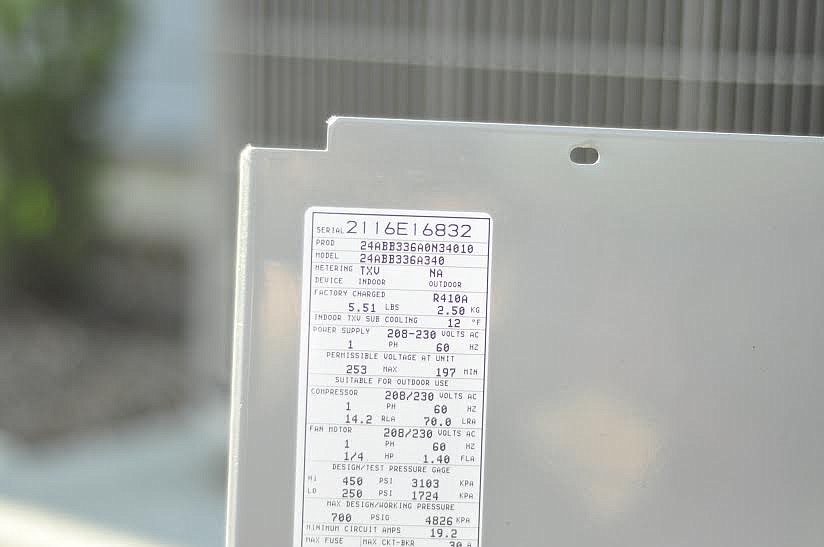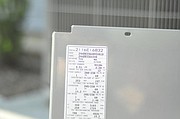Freon phase-out causes AC repair costs to heat up
By KAYE THORNBRUGH
Staff Writer
You walk into your home on a sweltering, summer day, expecting to feel the sweet relief of cool air produced by your air-conditioning unit, but it's just not there.
For homeowners with older air conditioners, a call for repairs will likely lead to a bit of sticker shock.
It's not the cost of the service work that's driving prices up.
Dwindling supplies of R-22, a refrigerant commonly known as Freon, are making it more and more expensive to keep homes with older air conditioners cool.
Deemed ozone-depleting by the Environmental Protection Agency, production of R-22 is being phased out in the U.S. in a process that began in 2010.
Although less of the refrigerant is available for use, demand for it remains high, affecting a significant number of homeowners who will need to make informed choices when servicing, repairing or replacing their AC units or heat pumps that may also use R-22.
R-22 is used in most air-conditioning units installed before 2011, say the experts at Trademark Mechanical, heating and air-conditioning specialists based in Hayden.
The typical lifespan of an air-conditioning unit, according to the National Association of Home Builders, is around 10 to 15 years, so there are a lot of units out there about to have their day of reckoning.
The HVAC specialists at Trademark Mechanical say there are several ways to find out if your air-conditioning unit or heat pump uses R-22:
•Check the nameplate on the outside of your outdoor unit.
•Check the owner's manual.
•Contact the company that installed your equipment.
•Look the information up online using the manufacturer's name and model number.
•Ask your HVAC service technician during your next tune-up.
Trademark Mechanical says homeowners have several options to consider if their unit uses R-22.
For units that have been running well and have not required repairs, a homeowner can opt to do nothing until the unit breaks down.
Consumers can also choose to have their AC units converted to accept an R-22 alternative, also called a “drop-in,” although there are some additional things to consider if going that route.
Drop-ins don't have the same proven track record of R-22, said Scott Beach, service manager for Trademark Mechanical.
“Long-term, I don't know how well it's going to work,” he said. “A lot of these drop-in refrigerants are new.”
Plus, converted systems are less efficient than new systems and have to work harder to cool the same space, driving up energy consumption and energy bills.
The most cost-effective option may be replacing your system sooner rather than later.
By 2020, only recycled or reclaimed R-22 will be available, but availability will remain limited.
Availability of service technicians will also decrease, as 2020 approaches and more and more homeowners seek to replace their air-conditioning units or heat pumps, meaning longer wait times for repairs or replacements.
Trademark Mechanical recommends that consumers consider replacing any units requiring R-22 that leak or need repairs, such as a new compressor.
When the time comes, Trademark Mechanical advises that the best long-term refrigerant choice is R-410A, also known as Puron. It's more efficient than R-22 and does not damage the ozone layer.
Experts caution homeowners against taking matters into their own hands.
Katie McClintock, Air Enforcement Manager with the EPA, stressed the importance of working with professional HVAC contractors, like Trademark Mechanical, to make a plan, rather than trying to change or replace a system independently.
“You shouldn't go your own way because it's easier. You should do it right, because it matters,” she said.



